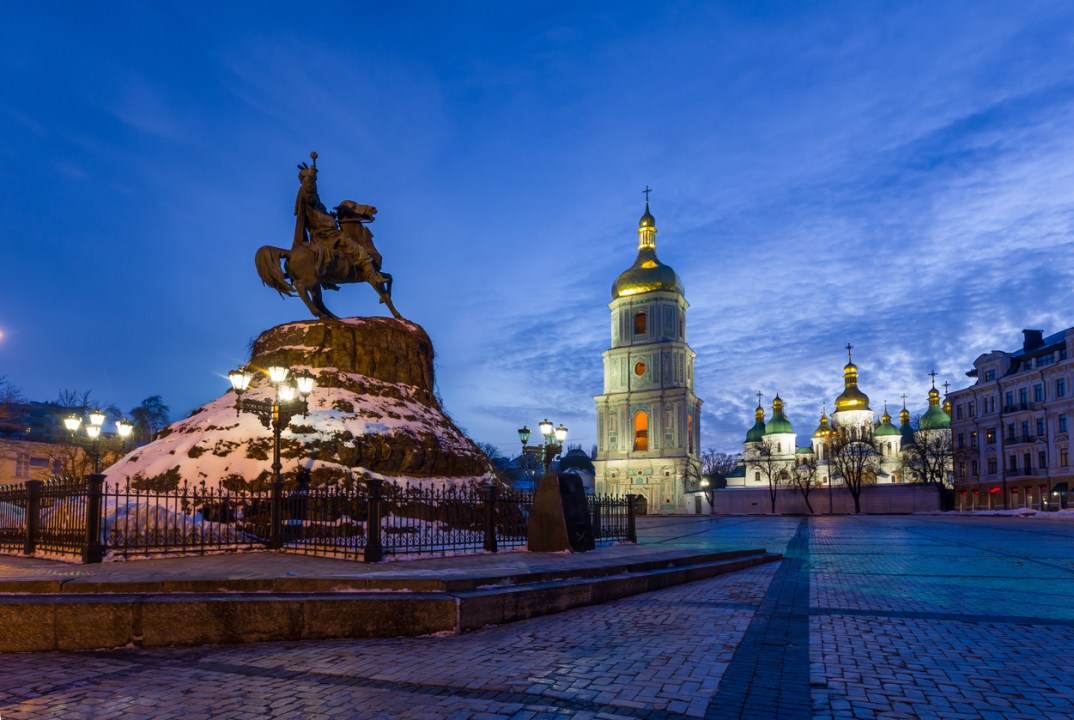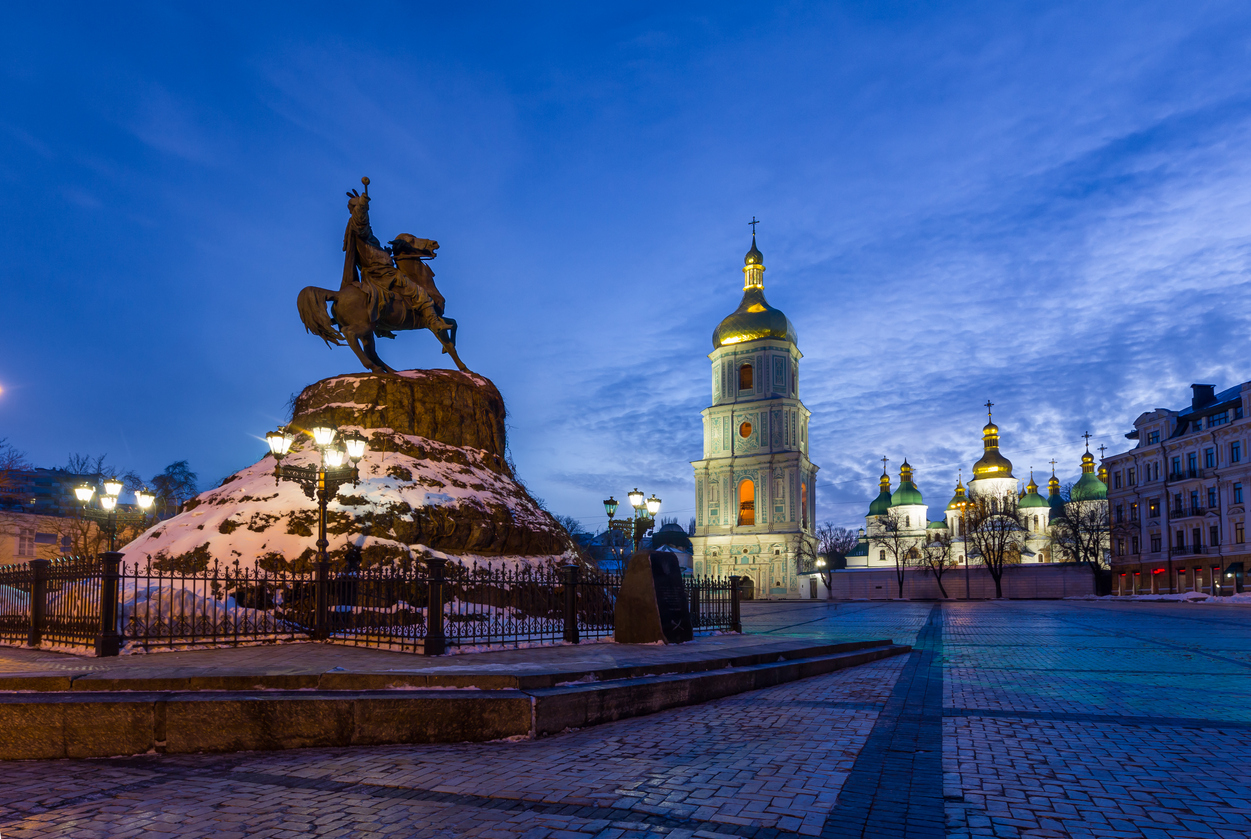In Ukrainian, the name for Christmas is Ridztvo (Різдво), meaning ‘Nativity’. The Russian equivalent, used by one in three citizens in Ukraine, is Rozhdyestvo (Рождество). It is a season for hope and rebirth. Since, in the Slavic languages, all wishes or implied wishes are followed by the genitive case, the term for ‘Happy Christmas’ in Ukrainian comes out, none-too-simply, as Shchaslivovo Ridztva
In western Ukraine – which until 1939 was part of Poland – Christmas was always celebrated twice: on 25 December by Catholics following the Gregorian calendar and on 7 January by the Orthodox and the Julian Calendar. In 2017, by agreement with the Patriarchs, the government in Kyiv officially adopted this dual custom. Nowadays, all Ukrainians have two Christmases to choose from.
Ukrainians have had their fill of being told by assorted gauleiters and politruks how to behave
Before 1991, the Communist authorities repeatedly tried to suppress Christmas. St Nicholas the gift-giver was demoted and replaced by the secular Ded Moroz or ‘Grandpa Frost’, who alone was admitted to schools.

Get Britain's best politics newsletters
Register to get The Spectator's insight and opinion straight to your inbox. You can then read two free articles each week.
Already a subscriber? Log in







Comments
Join the debate for just £1 a month
Be part of the conversation with other Spectator readers by getting your first three months for £3.
UNLOCK ACCESS Just £1 a monthAlready a subscriber? Log in